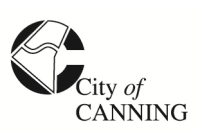Community views
- City of Canning
- Values & Experiences
- Health & Wellbeing
- Financial circumstances
- Concerns
- Ideas
- Lifestyle and Liveability
- Council and Engagement
- Climate Change Mitigation
- About the participants
- Custom Questions 2023
- Climate change
- Local areas
- Bentley
- Canning Vale
- Cannington
- East Cannington
- Ferndale
- Lynwood
- Parkwood
- Queens Park & Welshpool
- Riverton
- Rossmoyne
- Shelley
- St James
- Willetton & Leeming
- Wilson
